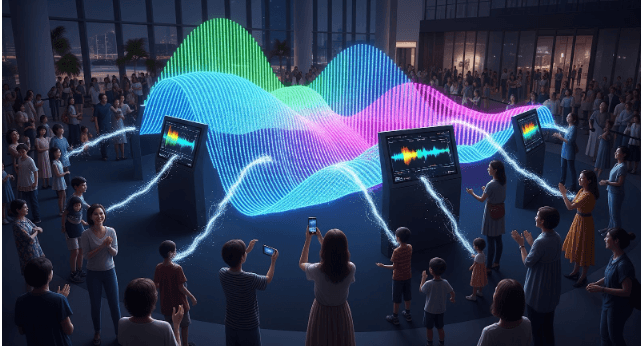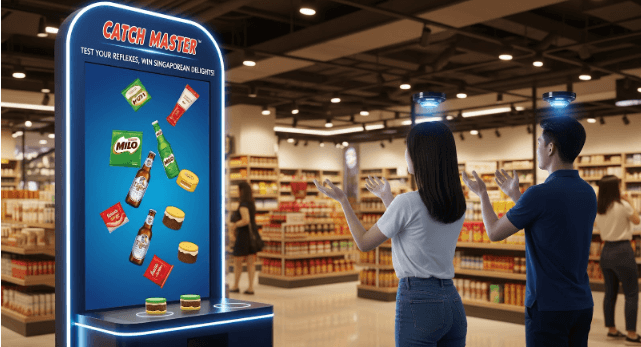Jun 17, 2025
Image sourced from google
Introduction: Bridging Physical and Digital Worlds
As immersive technology continues to evolve, industries worldwide are witnessing a transformation in how audiences engage with content, spaces, and products. One of the most exciting advancements in this space is the integration of Digital Twins and the Metaverse—a powerful fusion of real-time data, IoT, AI, and virtual environments that is redefining the way experiences are designed and delivered across regions like Singapore, the UAE, and Australia.
What is a Digital Twin?
A Digital Twin is a virtual representation of a physical object, environment, or process. Connected to sensors and powered by data, it mirrors real-world behavior and conditions in real time. When integrated into interactive experiences, it enables:
Real-time monitoring and interaction
Predictive analysis and personalization
Immersive simulations and visualizations
Merging Digital Twins with the Metaverse
The Metaverse enhances Digital Twins by placing them within fully immersive 3D spaces. It allows users to walk through, engage with, and even co-create within virtual environments that reflect their real-world counterparts—whether it's a smart building, a retail space, or a product showcase.
Together, these technologies allow for experiences that are scalable, data-driven, and deeply interactive.
Why It Matters for Businesses Today
Across markets like Singapore, UAE, and Australia, industries are adopting this integration to transform how they communicate, educate, and innovate.
Global Impact Applications
Smart Cities: Simulate traffic flow, energy usage, or pedestrian movement for better urban planning.
Retail & Real Estate: Let users explore stores or properties virtually, informed by real-time data.
Healthcare: Enable training with digital replicas of equipment or environments.
Events & Exhibitions: Offer hybrid and digital-first event environments for global audiences.
Key Benefits
Enhanced Engagement – Create memorable, futuristic experiences that draw people in.
Remote Access – Let users experience your product or space from anywhere in the world.
Sustainable Solutions – Reduce physical material usage by shifting to data-driven virtual environments.
Real-Time Customization – Update content dynamically based on user interaction or sensor input.
Example Use Cases
A real estate company in the UAE offering virtual home walkthroughs powered by real-time environmental data
An education platform in Australia using immersive labs with digital twins of science equipment
A retail brand in Singapore building a metaverse showroom where product stats update live via IoT





